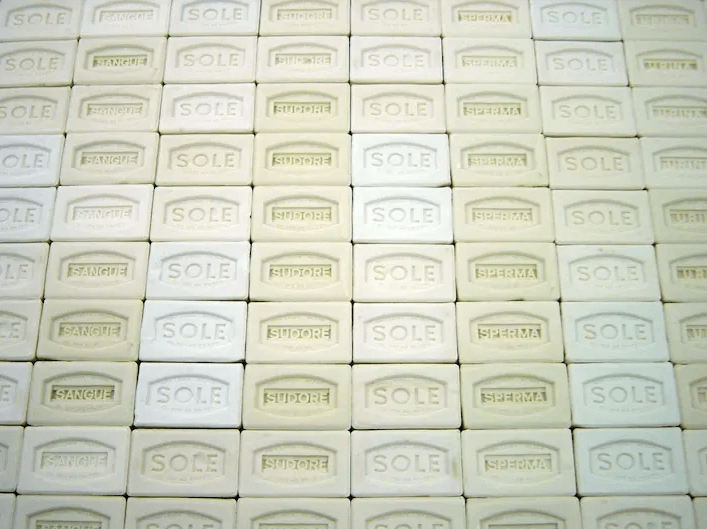Awaiting Venice Biennale 2024: Elisabetta Di Maggio
Elisabetta Di Maggio
Tell us a little about your background and genesis as an artist..
I was born in Milan and have lived in Venice for over 40 years. I came here for the scenography course at the Academy of Fine Arts, as theatre has always fascinated me. After graduating, I also worked for a short but very intense period as an assistant costume designer.
I began to take my first steps in art by participating in the group exhibitions organised by the Bevilacqua La Masa Foundation. A foundation in Venice that has always been interested in promoting young artists from the area or who have chosen to work in Venice. It was a period I will always remember with great affection, because it was very different from how the art system can be now – everything was very spontaneous. There was a lot of desire to experiment, even if sometimes recklessly. I won a few grants, made my first sales and then the journey continued until I got to where I am now.
What are the ideas that underpin your artistic practice?
I spend most of my time in this studio, I come here every morning. Let’s say it’s the place where I spend the most time and where I can concentrate. It is a place where I feel good, where I feel free to create. I spend a lot, a lot of time alone, because the works need a lot of time to be realised. They are made by me and everything you see is handmade. So let’s say that there is also an artisanal aspect to my work, which is also very, very important because it comes from a tradition, but also because I like that through the work there is a recognition of my gesture, so the gesture is important because it is the representation of each one of us.
I think that everything can be traced back to networks that are made up of very fine threads, threads that we can’t see, but which are supporting structures, just like architecture, within which everything moves, a world that goes from the macroscopic to the microscopic, and we move in cities that have cellular structures, which are then the same structures that shape us.
The structures are similar but they are different and that is what makes things unique. Complex structures that can also be brought back to very complicated mathematical functions. I’m not inventing anything, it’s just observation with the pleasure of discovering things that are there for everyone to take. Because I think, in the end, the real luxury is to take the time to observe and look at things.

Could you tell us a little about the concept behind the piece ‘Rape’?
This piece is made up of 800 or more soaps and is a reflection on abuse and violence against women. I took the classic soap ‘Sole’, which is the most common soap that everyone knows, which is associated with this notion of cleanliness. It is a very recognisable scent, very homely. I erased the word ‘Sole’ and hand-etched 800 times human body fluids that are present in the violence of abuse, which are saliva, blood, sweat, semen, urine and tears, repeated as if you want to wash something away, but the stains are so stubborn that they cannot be erased. Even though, for example, the advertisement for this soap says that it can remove even the most stubborn stains.
What about your relationship to the city of Venice today?
I came to Venice a long time ago to study and it’s clearly a unique place – the great thing about it is that it’s an island and anything can happen on islands, so there’s an incredible potential in a place like this and I decided to come and live here.
But at the end of the day, it’s not that you can choose to live in Venice, you’re tested a lot. It’s a city that chooses you, and yet you have to conquer it, as if you were dealing with something that is alive and that you can relate to.
It asks a lot of you, but it also gives you a lot in return. Here I have learnt about time, I have learnt to recognise what my limits are. It is like dealing with someone, someone very dear to you, with whom you sometimes argue – and yet you always come back.




